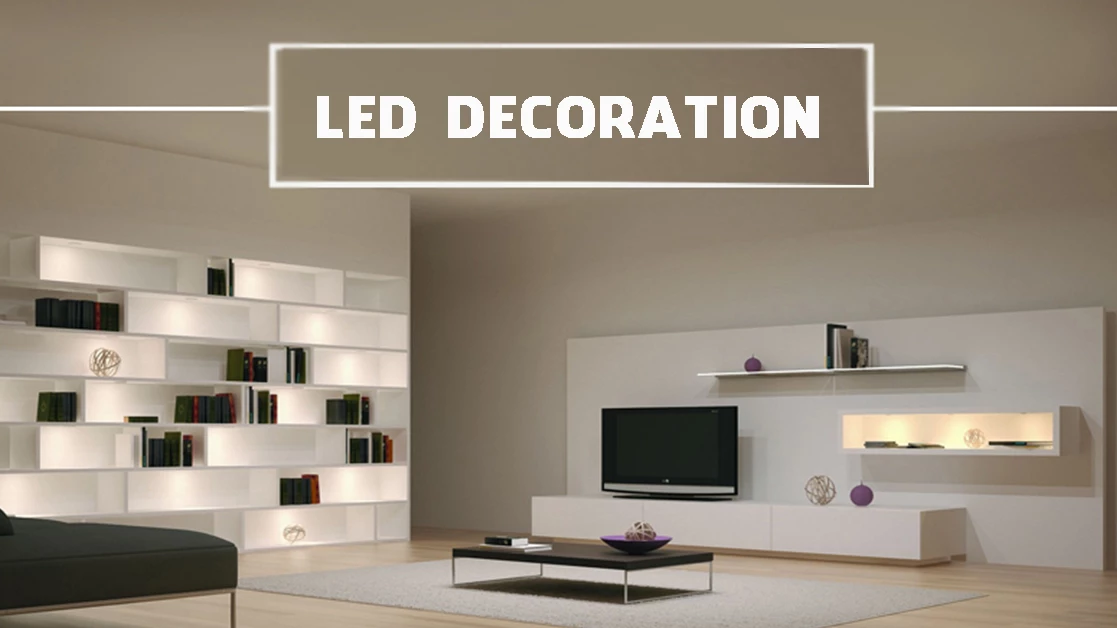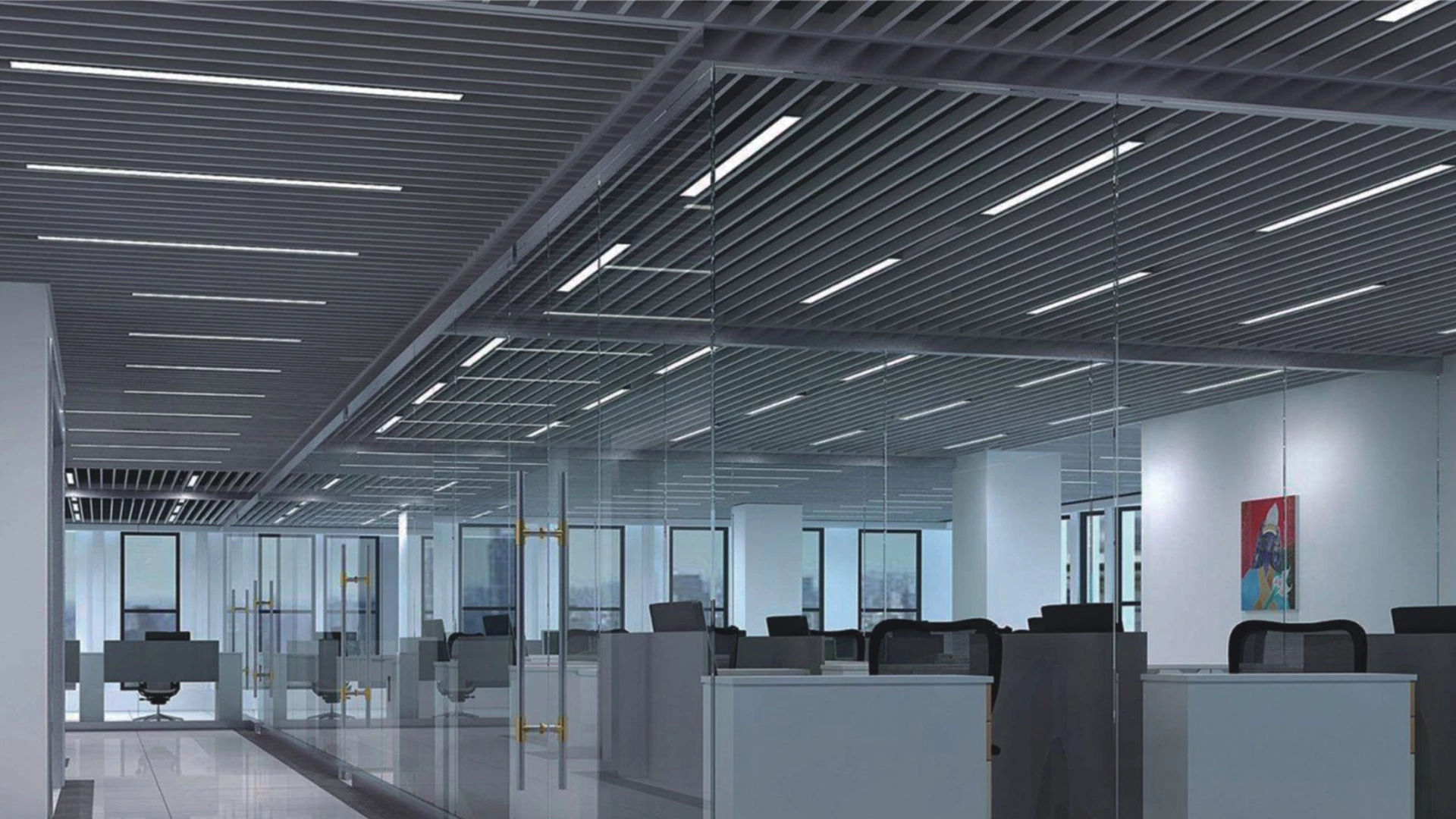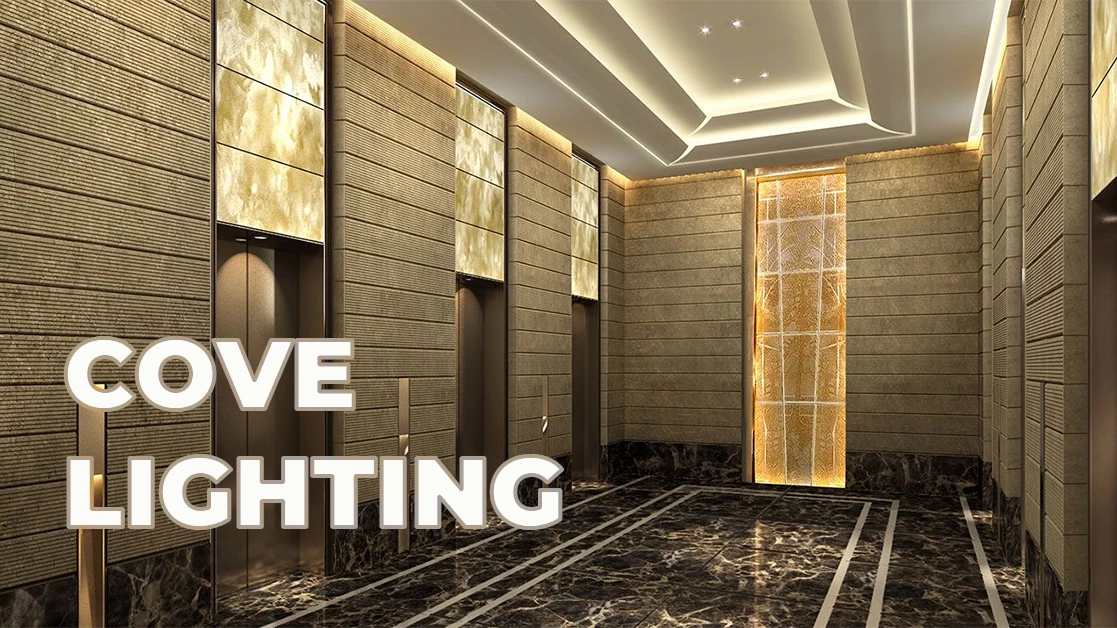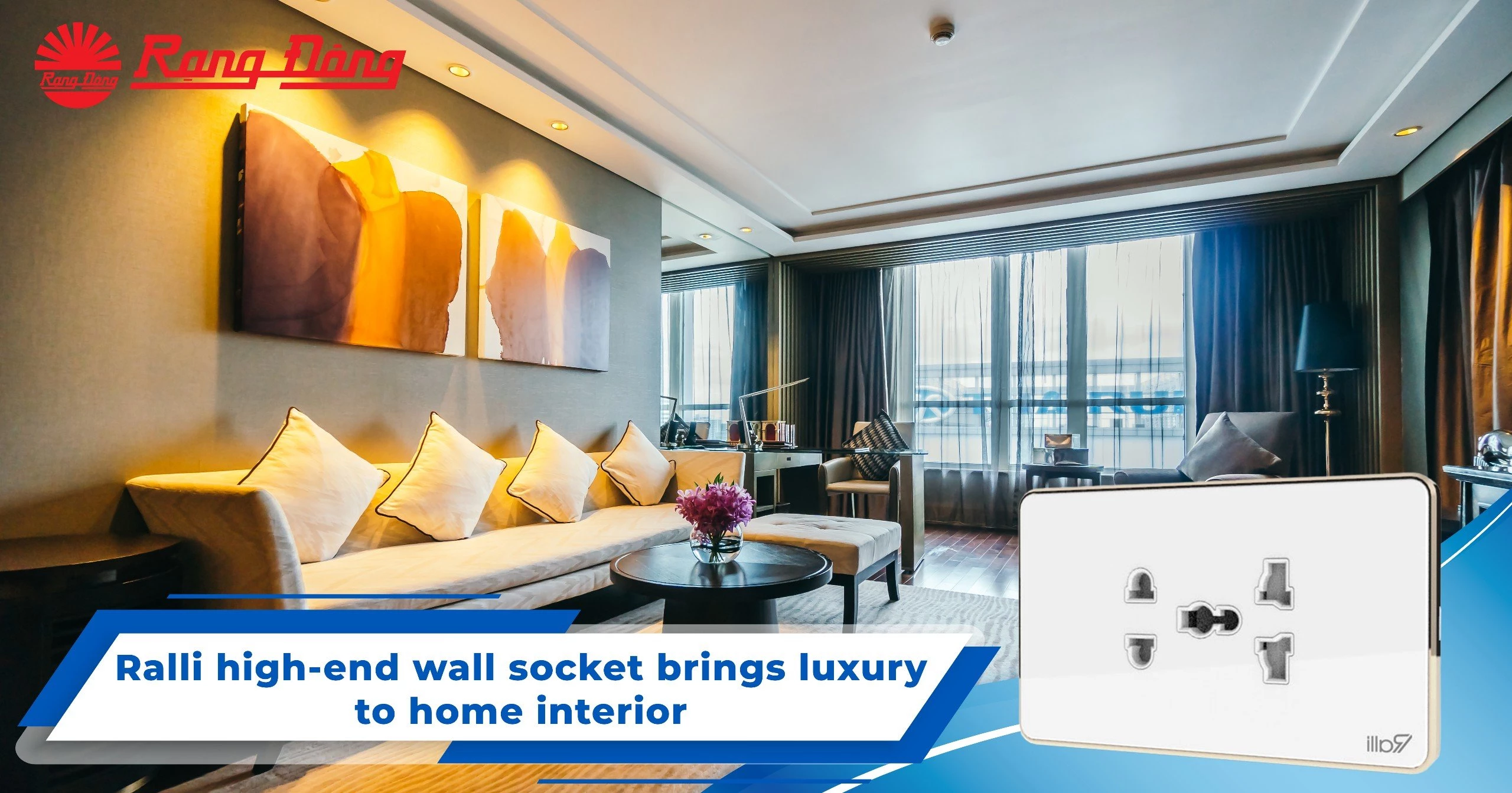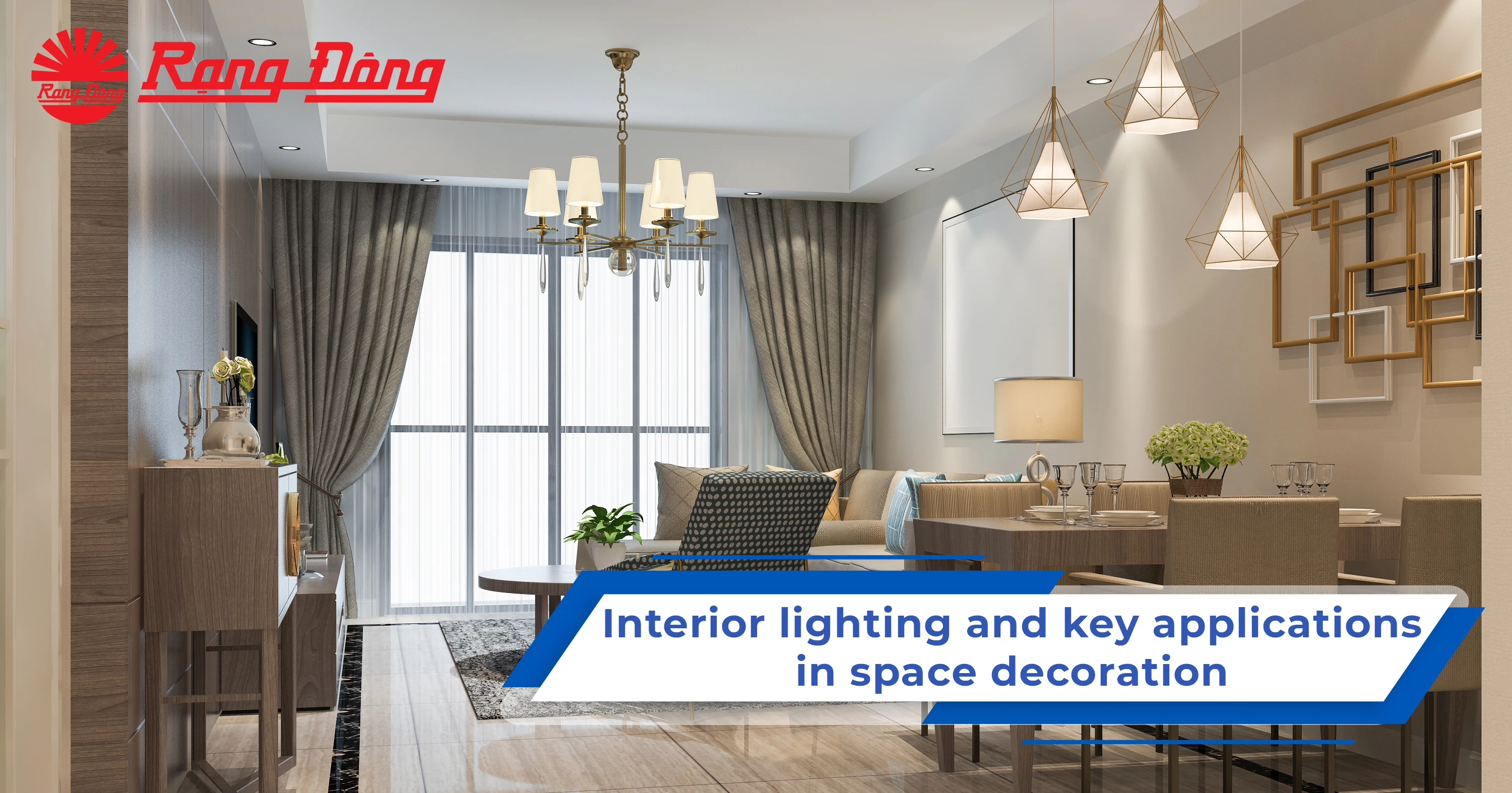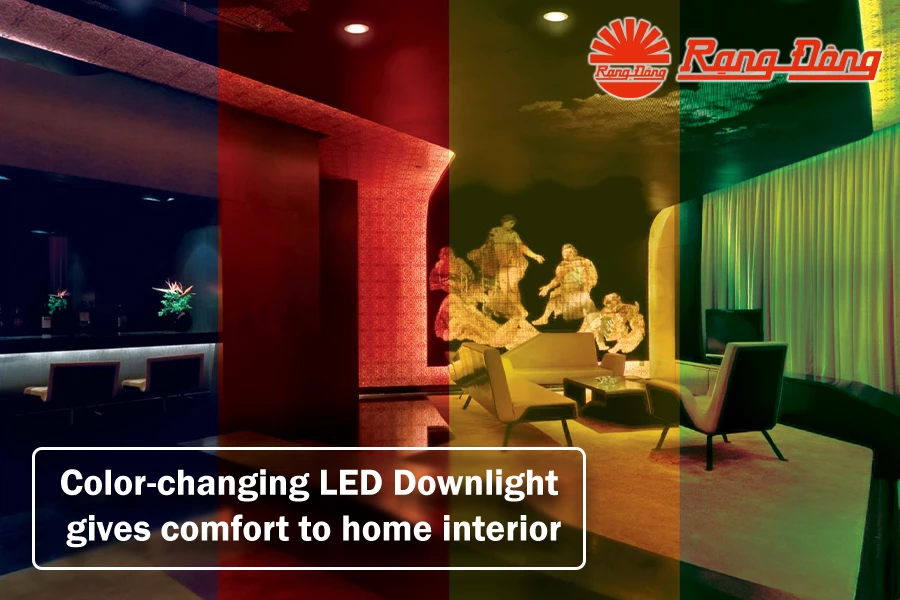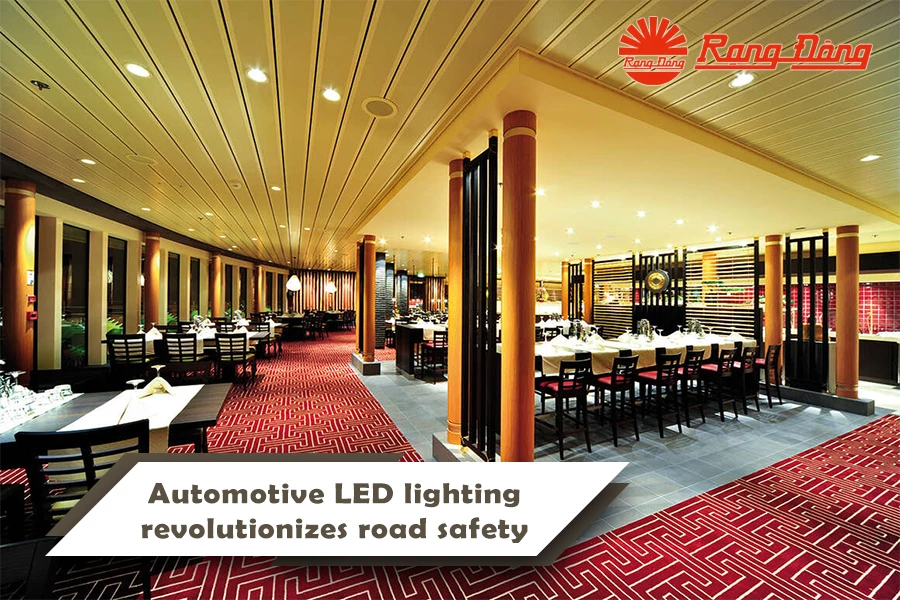
Minimalist design concept in interior style
Minimalist design is one of the new trends in interior design, in which designers minimize the furniture, color and texture in an indoor space. Nowadays, this style has become popular in modern urban areas due to lacking space, economical expense and quiet living trend. It is not difficult to see the simple interior concept in modern offices, houses and coffee restaurants.
Minimalist design style
The concept of minimalism has become familiar with most people today. It can be understood simply is that designing with basic elements to make a simple interior space. Minimalism is created based on motto “Less is more” and affected strongly by Japanese interior design concept, simplicity in furniture, in color and in texture, in all things creating the living space.
In a space, at least 4 different colors are used and usage of 3 ones is optimal. These include one main color, a background color and an emphasized color. The neutral colors are preferred to apply on walls, forming a background font for indoor furniture.
In minimalist design concept, light is one of the important factors, inspiring human vision effect. Using light to emphasize the essential spaces through shadows can promote the figures and enhance the objects.

Minimalist design expresses in simple colors and lines
Elements of minimalist design
Bare essentials
The minimalist tends to freedom and relaxation, so it only uses the essential elements, including light, form and materials. Another important point is that it maximizes the interaction between indoor space and outdoor space to create harmony between humans and nature. It is easy to find the large glass windows in kitchens and living rooms that help us to connect with plants and flowers outside.

Minimalist design in a tatami room
Clean lines
In minimalist design concept, furniture and accessories should focus on functionality and practicality. Each item in the interior space often comes with flat, smooth surfaces with strong and clean lines, to enhance the essential nature. We may not find complex and colorful patterns on curtains, walls, pictures or disordering of many items in a narrow space.
Clear and clean benchtops and surfaces, bare walls with minimal artworks, and the elimination of clutter, including piles of papers and collections of knick-knacks are also essential to creating a minimalist space.
Monochromatic color palette
Whites, beiges and greys are typical colors often used in minimalist interior design. These colors palette comprise light and soft natural shades and emphasize the furniture and objects. They also induce a quiet and Zen space that helps relax our mood.
Moreover, the wooden color is also popular in the simplicity interior concept to make a homely and natural effect. The other colors many come from decorative items like vases, flowers or pictures.

We may find only whites and light greys in this kitchen
Combine different shades and textures
Using monochromatic color palette may give a cold effect for our living spaces. Therefore, designers incorporate different shades and mix textures in an atheistic way to bring warmth to our interior areas.
For example, the use of linen wallpaper and soft wool fabrics and rugs in bedrooms can add homely effect. In bathrooms, we may combine texture and grain of tile patterns to make a visual interest. And in the living room, the light grey floor harmonizes with the white sofa and white walls. A little bit of texture appears on beige curtain and carpet will remove the boring emotion.

Simplicity in living room with shades and textures
Should you have any questions or request a quotation of Rang Dong products, please send us an email to: export@rangdong.com.vn.
Websites: en.rangdong.com.vn and vacuum flask.rang dong.com.vn.




